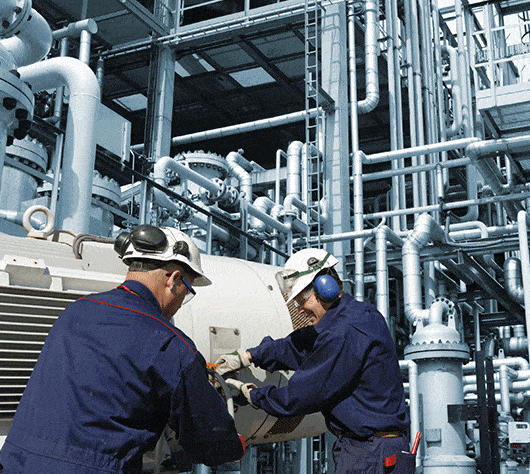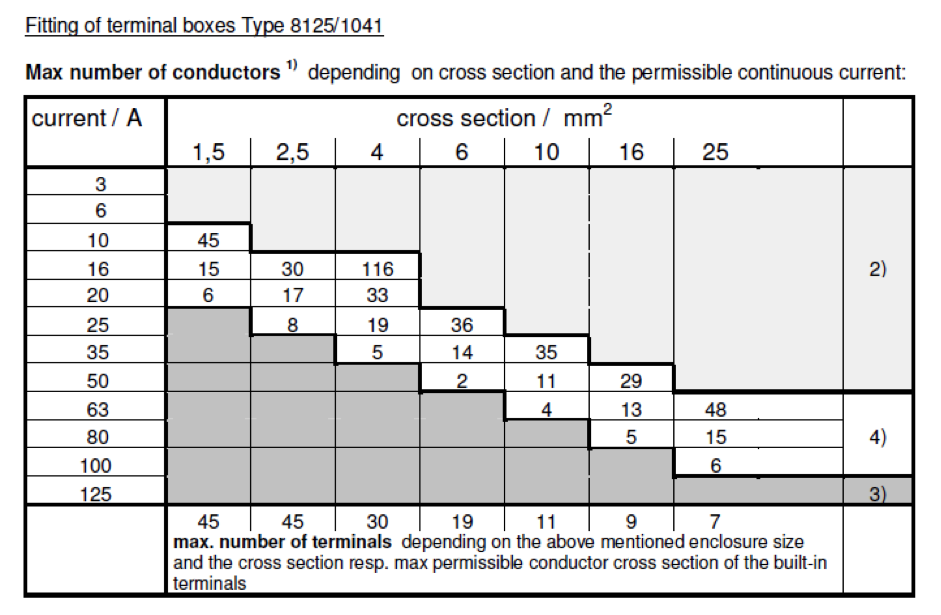Roar Solutions - An Overview
Wiki Article
Indicators on Roar Solutions You Need To Know
Table of ContentsFascination About Roar SolutionsRoar Solutions Things To Know Before You Get ThisThe Best Strategy To Use For Roar Solutions
In order to safeguard setups from a potential explosion a technique of evaluating and identifying a possibly unsafe area is called for. The purpose of this is to make sure the appropriate selection and installation of tools to eventually prevent an explosion and to guarantee safety of life.
(https://www.video-bookmark.com/bookmark/6634779/roar-solutions/)
No equipment ought to be installed where the surface temperature of the tools is better than the ignition temperature of the provided threat. Below are some usual dirt harmful and their minimal ignition temperature. Coal Dust 380C 225C Polythene 420C (thaws) Methyl Cellulose 420C 320C Starch 460C 435C Flour 490C 340C Sugar 490C 460C Grain Dirt 510C 300C Phenolic Resin 530C > 450C Aluminium 590C > 450C PVC 700C > 450C Soot 810C 570C The likelihood of the threat existing in a concentration high enough to create an ignition will certainly differ from area to location.
Hazardous area electrical equipment maybe made for use in greater ambient temperature levels. Area Repair By Authorised Personnel: Complicated screening might not be called for nevertheless certain treatments may require to be followed in order for the tools to keep its third celebration ranking. Each item of devices with a harmful score ought to be examined individually.
7 Simple Techniques For Roar Solutions
The equipment register is a thorough database of devices documents that includes a minimum set of fields to recognize each product's location, technical specifications, Ex-spouse classification, age, and environmental data. This information is essential for monitoring and handling the tools successfully within hazardous areas. In comparison, for periodic or RBI tasting assessments, the grade will be a combination of Detailed and Close assessments. The ratio of Comprehensive to Close assessments will be determined by the Tools Danger, which is assessed based on ignition risk (the probability of a source of ignition versus the probability of a flammable environment )and the hazardous area category( Zone 0, 1, or 2). This variation will also affect the resourcing needs for work prep work. As soon as Lots are defined, you can create tasting strategies based upon the sample size of each Great deal, which describes the number of random devices things to be examined. To establish the needed example dimension, two elements need to be assessed: the size of the Great deal and the group of inspection, which shows the level of initiative that should be applied( minimized, regular, or increased )to the inspection of the Whole lot. By incorporating the classification of evaluation with the Great deal dimension, you can after that develop the proper denial standards for an example, meaning the allowable number of malfunctioning items found within that example. For more information on this procedure, please describe the Power Institute Guidelines. The IEC 60079 basic suggests that the maximum period in between evaluations need to not exceed 3 years. EEHA inspections will also be carried out outside of RBI campaigns as part of set up upkeep and devices overhauls or fixings. These inspections can be credited toward the RBI sample dimensions within the influenced Great deals. EEHA evaluations are conducted to recognize mistakes in electrical devices. A heavy racking up system is crucial, as a single piece of tools may have numerous faults, each with varying degrees of ignition threat. If the combined score of both inspections is much less than two times the mistake rating, the Great deal is considered acceptable. If the Lot is still considered unacceptable, it should undergo a complete examination or reason, which might set off stricter inspection protocols. Accepted Great deal: The reasons for any kind of faults are recognized. If a typical failing mode is located, extra equipment might require examination and repair work. Mistakes are identified by seriousness( Safety and security, Stability, Home cleaning ), guaranteeing that urgent concerns are evaluated and resolved immediately to reduce any effect on safety and security or operations. The EEHA data source should track and videotape the lifecycle of mistakes together with the corrective actions taken. Implementing a robust Risk-Based Assessment( RBI )strategy is important for making certain compliance and safety in handling Electric Devices in Hazardous Areas( EEHA) (Roar Solutions). Automated Mistake Rating and Lifecycle Management: Easily take care of mistakes and track their lifecycle to boost inspection accuracy. The intro of this support for risk-based examination additionally strengthens Inspectivity's placement as a best-in-class remedy for governing compliance, in addition to for any kind of asset-centric assessment usage instance. If you want finding out more, we welcome you to ask for a demonstration and uncover just how our option can change your EEHA administration processes.
Not known Details About Roar Solutions

In terms of eruptive risk, an unsafe area is an environment in which an eruptive ambience exists (or might be anticipated to be existing) in amounts that require unique preventative measures for the building, setup and usage of tools. hazardous area electrical course. In this short article we check out the obstacles encountered in the office, the danger control actions, and the called for expertises to work securely
These compounds can, in specific conditions, create eruptive atmospheres and these can have major and tragic effects. Many of us are acquainted with the fire triangle eliminate any kind of one of the three elements and the fire can not occur, however what does this mean in the context of unsafe areas?
In a lot of circumstances, we can do little about the degrees of oxygen airborne, yet we can have substantial influence on sources of ignition, as an example electric equipment. Hazardous locations are documented on the unsafe location classification drawing and are identified on-site by the useful link triangular "EX-SPOUSE" indicator. Here, amongst various other essential information, zones are split right into 3 types depending on the risk, the likelihood and period that an explosive ambience will certainly exist; Area 0 or 20 is regarded the most hazardous and Zone 2 or 22 is regarded the least.
Report this wiki page